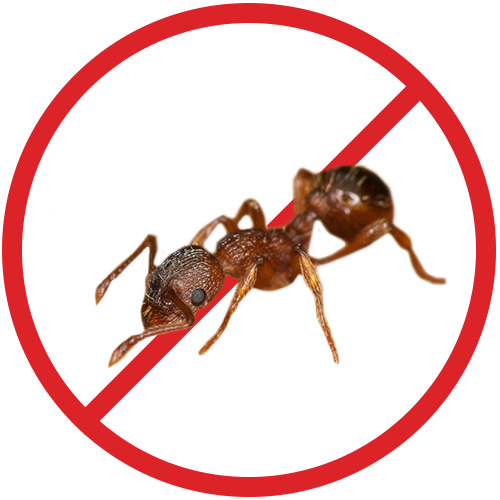Pavement ants

There are a great number of species of ants in the word; in Quebec, we count no less than 90 species. Some of them can be found in our homes such as the brown field ant, the brown wood ant and the little black ant. The ants are separated in three castes: reproducers (queens and males), soldiers and workers. This type of ant is not very big, being only 2 to 4 mm in length. When outside, its main sources of food are nectar, honeydew from aphids and food rich in protein, such as other insects. Inside, it adapts easily to our food, being omnivorous. Anything sweet or even meat and grease can be suitable. It builds its nest in the ground, under rocks, in an old stump, in the cracks of paving stones and under the flagstones of concrete curbs, for example. A good way to recognize the presence of ants is a pyramidal mound of sand, as they remove the sand to excavate their galleries.
It’s in early summer that future queens and males appear in the colony. Reproductive ants leave the nest to mate in flight, called the nuptial flight. Males die shortly after while the queens look for suitable sites to lay their first batch of eggs. Eggs take from 3 to 4 weeks to hatch and larvae take from 2 to 3 weeks to become workers. As soon as they are hatched, the workers tend to the eggs and maintain the colony.
- Presence of ants in the house, especially in the kitchen and the bathroom.
- Ants are found in food (cereals and anything sweet).
- Ants dig out the sand in between pavements stones and leave sandy mounds on the ground.